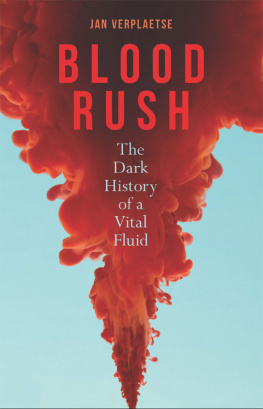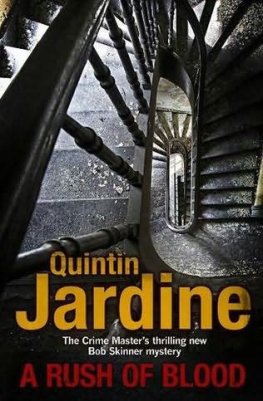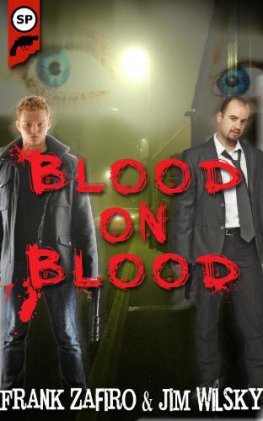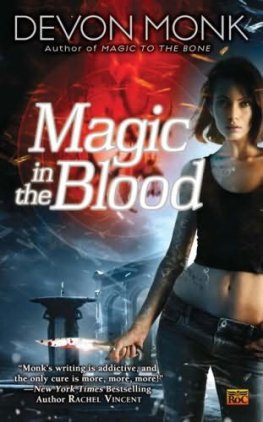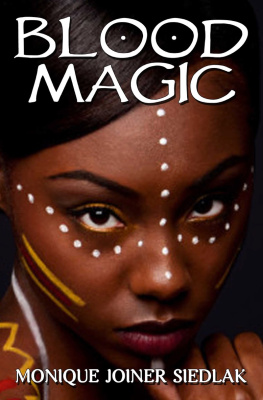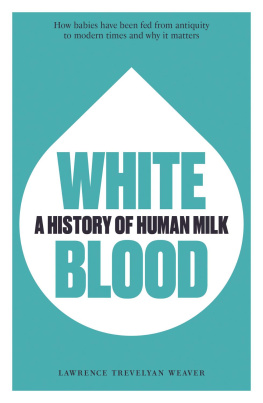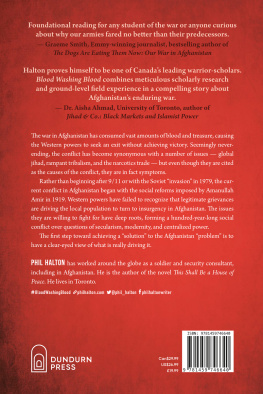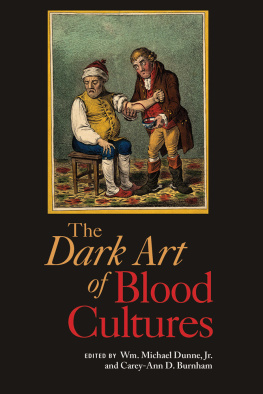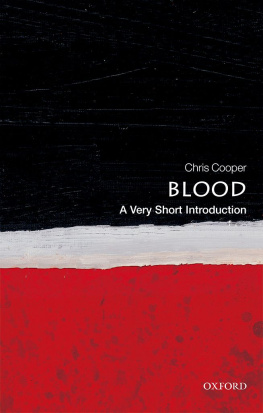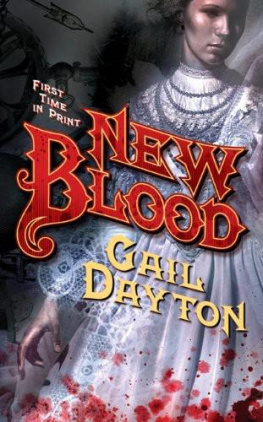Published by Reaktion Books Ltd
Unit 32, Waterside
4448 Wharf Road
London N1 7UX, UK
www.reaktionbooks.co.uk
Bloedroes 2016 by Jan Verplaetse
Originally published by Uitgeverij Nieuwezijds, Amsterdam,
The Netherlands, 2016
First published in English 2020
Copyright Jan Verplaetse 2020
This book was published with the support of Flanders Literature
(flandersliterature.be)
All rights reserved
No part of this publication may be reproduced, stored in a retrieval system, or transmitted, in any form or by any means, electronic, mechanical, photocopying, recording or otherwise, without the prior permission of the publishers
Page references in the Index match the printed edition of this book.
Printed and bound in India
by Replika Press Pvt. Ltd
A catalogue record for this book is available from the British Library
eISBN 9781789142433
INTRODUCTION
I was a philosophy student, not quite twenty years old and still living at my parents house, when I descended the steps to the cellar. I dont remember why I went down there, but what happened to me I would never forget. It would change my life and my way of thinking for ever. One day, I would start a book with it. Down there in the cellar hung a dead animal, head down, its hind legs skewered by a meat hook fixed to a water pipe. It was a fair-sized hare, and it had been skinned and its guts removed. That dead beast had already been hanging there for a few days, ageing in preparation for the family Christmas dinner. Although this one was new to me, Id seen skinned hares in the cellar before. I knew the sour aroma and the almost purple colour of the marinade a mixture of wine, vinegar, onion and cloves in which the cuts of meat were soaked for several days. I remembered the smell of the firm, fleshy thighs frying in butter before they were put to simmer in the marinade. I knew about the ritual of crushing the liver and putting it through a sieve to bind the simmering liquid to a sauce. And I knew about the strange practice of adding fondant chocolate to the sauce to make it sweeter and darker. So I was familiar with the sight of a stripped hare. What affected me so intensely this time was not the hare itself, but the blood dripping so slowly out of its mouth and falling neatly into a white dish. There was a sheet of newspaper under the dish to keep the spatters of blood within the bounds of decency.
What did that blood do to me? The most surprising thing was that I felt absolutely no fear, revulsion or disgust. On the contrary, I wanted to touch it. To stick my finger into the dish and stir it. To put my finger to my mouth and taste it. I wanted to smell it, feel it and savour it. Like a prehistoric cave painter, I wanted to draw figures on the white walls of the cellar with my red fingers. I felt excited and intoxicated. But above all, I experienced an endless fascination for this red bodily fluid that dripped from the hares throat and formed a red puddle. Suddenly, I understood why blood has had such a seductive attraction for humankind throughout the centuries. Blood is at the centre of many rituals, from heathen offerings to the Christian mass, where the priest drinks the blood of Christ even though it is, of course, only wine. Blood is also a major factor in hunting wild animals and slaughtering their domesticated counterparts. Hunting, breeding animals and eating meat are impossible without spilling blood. Blood is spilled during wars and other acts of violence. Blood calls for revenge and revenge calls for blood. In that moment I realized that, without blood, these things had no meaning. That it was blood that gave them their emotional charge and a deep significance. The blood rush I had experienced on the cellar steps immediately explained why people could be so absorbed by religion, hunting, violence, games or gastronomy. Because blood intoxicates us, we seek it out and want more of it. It makes us happy. The deeper meaning of blood revealed itself to me. It was, by analogy with the cellar story by Argentine writer Jorge Luis Borges, my Aleph, my mystical cellar experience where deep insight came not from a crystal ball that enabled you to see the entire universe, but from a skinned hare from which the blood dripped into a dish, like water from a leaking tap.
The blood had a strange effect on me emotionally and intellectually. It befuddled me and, at the same time, gave me insight into things that I had previously not fully understood. It shed more light on the darker side of our human nature, our more irrational impulses. But it also has the same effect on others. I was by no means the only one to experience blood rush. I later came to realize that the number of artists fascinated by blood restricted to humans. There are accounts of horses, cattle, dogs, leopards, chimpanzees, sharks, wolves, bears, elephants and even iguanas running amok on contact with blood. Once they have tasted the blood of a human or another animal, they yearn for more and will attack to get it. Animals, too, are not indifferent to blood. It excites them and makes them aggressive.
HEALTHY SCEPTICISM
The effect that the blood had on me in the cellar was not exceptional. Blood rush has frequently been observed, and there are countless stories about it. But stories prove nothing if they are unreliable, if they make claims that are not supported by argument. Despite his undisputed expertise, Reiss had not witnessed the atrocities at first hand. He had not seen with his own eyes in Serbia how the sight of blood had aroused bloodlust and provoked collective sadism. Perhaps he had heard about it or assumed that bloodlust would have occurred in such circumstances. He went to the site of the horrific bloodbath after it had taken place. Whether it was the blood that had caused the frenzy was not proven. It may just have been something he wanted to believe.
There is much scepticism about bloodlust. It is significant that two prominent historians start their books with descriptions of bloodlust, and that one finds the phenomenon credible while the other dismisses it as pure fiction. The Cultivation of Hatred (1993), by American psychoanalytical historian Peter Gay, begins with an eyewitness account by English humorist Jerome K. Jerome, who witnessed a Mensur in Germany around 1990. A Mensur was a kind of fencing practised by German students, which could get quite bloody. The combatants not only crossed swords, but their sharp rapiers often cut through each others flesh, causing wounds and scars that they later wore as a badge of pride. Jerome described one of these contests in an overheated student hall, where the beer flowed profusely, noting:
Gay is delighted with this testimony, exclaiming This is an extraordinary confession. It is surprising because it is so open and uncensored. Finally, someone dares to say that blood has an exhilarating effect that intoxicates people and makes them bloodthirsty. Such a glimpse of mans bestial nature is rare, Gay must have thought, so rare that it was worth starting a book with it. The bestial unconscious immediately grabs the readers attention. No Freudian lets a chance like that go by.

